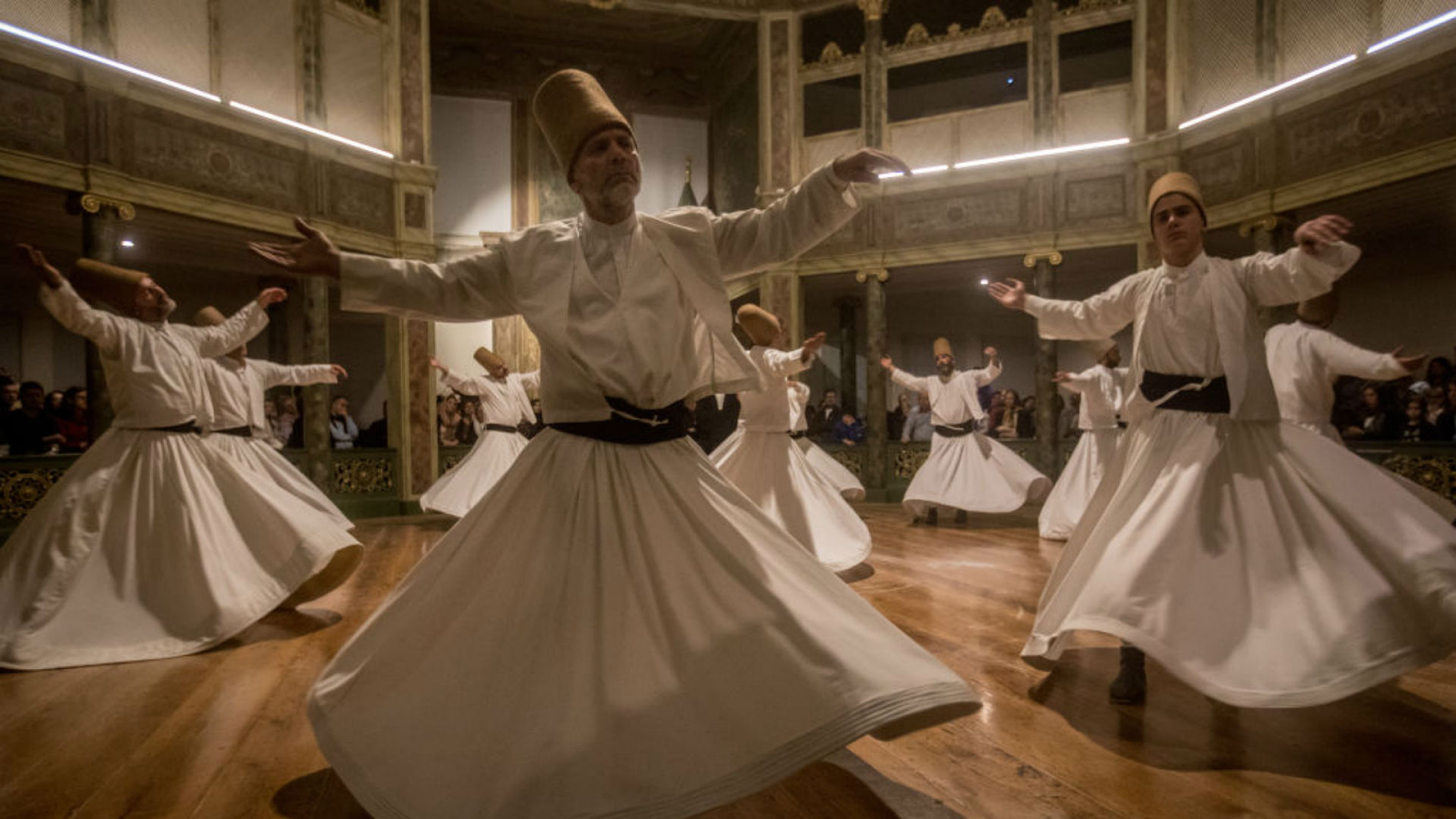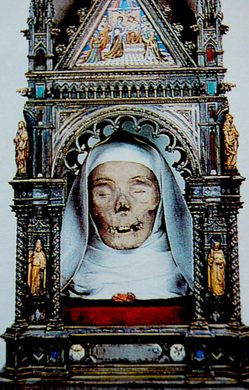Listening to an audiobook by Robert B. Spencer made me wondering about Sufism. Below is my google search summary
Sufism, known as tasawwuf in the Arabic-speaking world, is a form of Islamic mysticism that emphasizes introspection and spiritual closeness with God. Sufi practice focuses on the renunciation of worldly things, purification of the soul and the mystical contemplation of God’s nature.
For a time, beginning in the 12th century, Sufism was a mainstay of the social order for Islamic civilization, and since that time it has spread throughout the Muslim world. Sufism has shaped literature and art for centuries, and is associated with many of the most resonant pieces of Islam’s “golden age,” lasting from roughly the eighth through 13th centuries, including the poetry of Rumi.
Sufi thought and practice extends beyond the Sunni-Shia sectarian divide, across socio-economic boundaries, geographies, and languages. Followers try to get closer to God by seeking spiritual learning known as Tariqa.
The basic components of Tariqa are that of the murshid, the spiritual guide, and the murid, a follower who pledges allegiance, bayah, to the murshid. These spiritual guides derive their authority and legitimacy from a chain of successive tutelage and instruction, silsilah, which through continuous generations may reach back to a prominent saint or mystic and eventually to the Prophet Muhammad himself. The role of the murshid is to act as a facilitator to the murid, instructing them on how to experience the divine.
A central component of Sufi worship is the rite of dhikr, which involves constant, meditative remembrance of God, done both communally and individually, geared towards cultivating greater connection with the divine. The concept of dhikr is rooted in the Quran as an instruction to all Muslims to devote time towards specific acts of remembrance and repetition of the names of Allah, praying supplementary prayers, and can be extended to other activities that contribute towards achieving an experiential connection with the divine.
Other practices or rituals that Sufis engage in, which vary from order to order, include prayers and fasting, the celebration of the Prophet Muhammad’s birthday, the visitation of, and performance of rituals at shrines and graves, meditation, and abstinence.
Some Sufi orders use devotional music and ritual movements, akin to dance, to further enhance the experiential nearness to God they are seeking. This practice is most commonly associated today with the Mevlevi Sufi order’s Dervishes of Turkey, often referred to as the ‘Whirling Dervishes.’
Identification with Sufism is highest in sub-Saharan Africa. In 11 of 15 countries surveyed in the region, a quarter or more Muslims say they belong to a Sufi order, including Senegal, where 92% say they belong to a brotherhood. In the other regions surveyed, affiliation with Sufi orders is less common.
Sufi leaders, communities, and sites have frequently been targeted by acts of violence perpetrated by extremist groups in different parts of the world. Pakistan has seen considerable violence aimed at Sufi targets, with dozens of shrines bombed and prominent Sufis attacked. In Egypt’s restive Sinai region, a deadly assault on a Sufi mosque in the town of Bir al-Abed in November 2017 saw over 300 people killed and at least a 120 injured.
The Islamic State targets Sufis because it believes that only a fundamentalist form of Sunni Islam is valid. Some consider Sufis to be apostate, because saints were not part of the original practice of Islam at the time of the Prophet Muhammad.
References
https://www.nytimes.com/2017/11/24/world/middleeast/sufi-muslim-explainer.html
https://institute.global/policy/what-sufism
https://www.pewresearch.org/religion/2012/08/09/the-worlds-muslims-unity-and-diversity-1-religious-affiliation/

.jpeg)

























.jpg)


